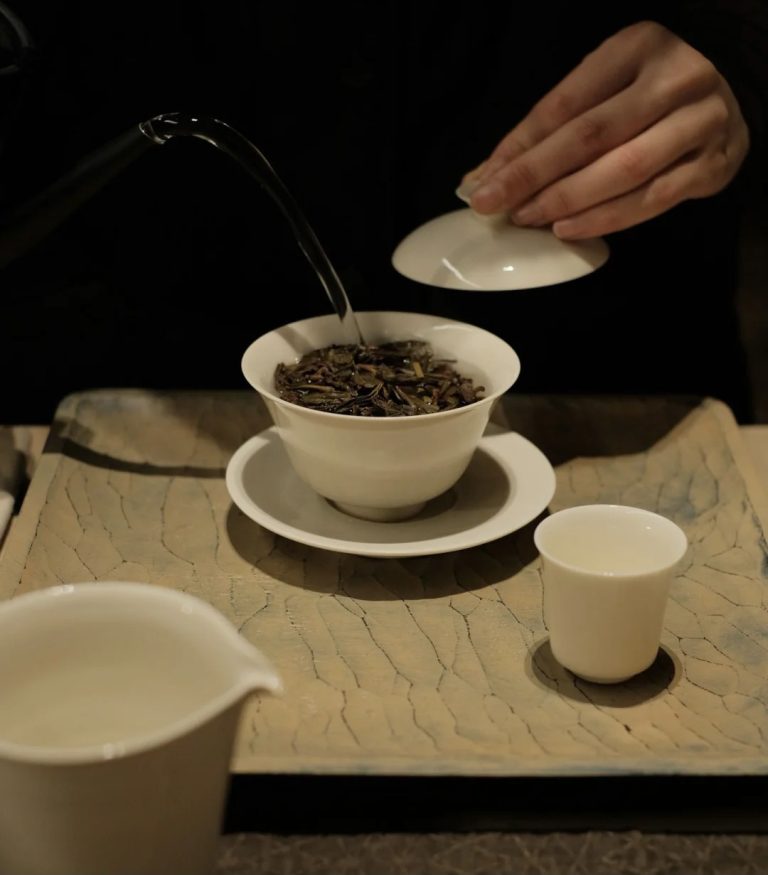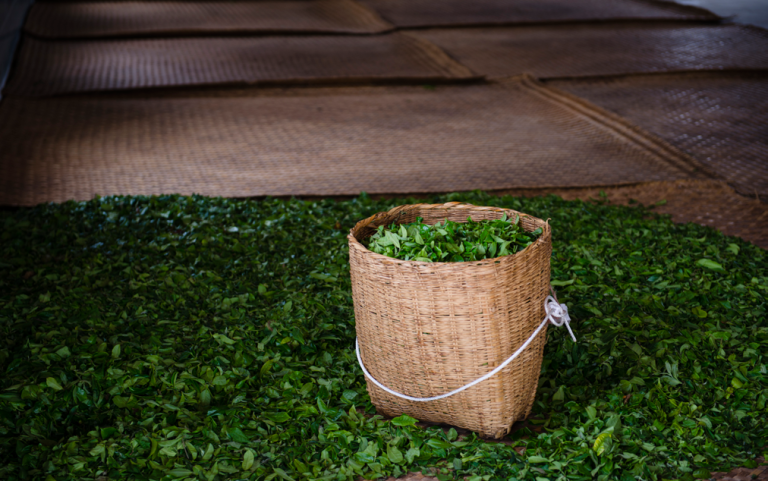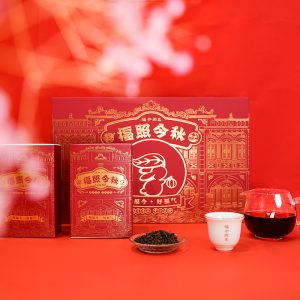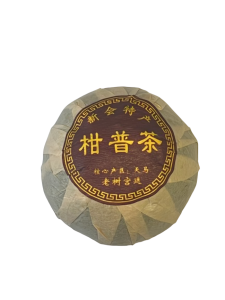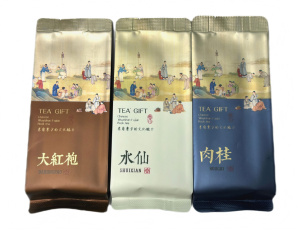
The Initial Encounter: Bitterness Leading to Sweetness
Many who try Pu erh tea for the first time are met with a bitter taste. However, as the infusions progress, a delightful transformation occurs. The tea becomes more fragrant, and a sweet sensation develops in the throat after swallowing. This lingering sweetness is what is known as the aftertaste, or “回甘” (huí gān).
The Human Fascination with Sweetness
Sweetness is a fundamental taste that evokes pleasure in humans. While excessive consumption of common sweeteners like sugar can have negative health consequences, the inherent appeal of sweet flavors is deeply rooted in our biology. Throughout history, sweetness has been essential, and our natural inclination towards it only becomes problematic when intake is imbalanced.
Exploring the Nuances: Aftertaste (回甘) vs. Sweetness (回甜)
Have you ever considered whether the “回甘” (huí gān) and “回甜” (huí tián) experienced with Pu erh tea are one and the same? Let’s delve deeper into their distinct characteristics.
Understanding the Aftertaste (回甘 – Huí Gān)
The aftertaste of Pu erh tea, often poetically described as “throat rhyme” or “喉韵” (hóu yùn), unfolds as the initial astringency and stimulation of the tea subside after swallowing. This triggers the gentle secretion of saliva, leaving a moist and pleasantly sweet feeling in the throat. The “回甘” is a process of bitterness transforming into sweetness (“苦后回甘” – kǔ hòu huí gān). Bitterness is an inherent quality of tea, with its intensity varying based on the specific tea region.
The experience of bitterness in the mouth can also be multifaceted, affecting different areas such as the tip, back, palate, or cheeks. Furthermore, the quality and internal richness of the tea leaves directly influence the duration and intensity of the subsequent “回甘.”
In simpler terms, the aftertaste (回甘) in Pu erh tea is a post-swallowing reaction where the tea stimulates the throat to secrete enzymes. These enzymes interact with saliva, resulting in a noticeable sweet sensation driven by enzymatic fermentation.
Understanding the Sweetness (回甜 – Huí Tián)
High-quality Pu erh teas that have undergone light or moderate fermentation often exhibit a distinct sweetness known as “回甜” (huí tián). This sweetness frequently emerges alongside the aftertaste (回甘), contributing to the tea’s overall mellow and full-bodied character. The “回甜” is primarily attributed to the presence of tea polysaccharides. Pu erh tea is known to contain various tea polysaccharides, including monosaccharides, polysaccharides, and fructose. This inherent sweetness is a fundamental characteristic of the tea itself, activated through the stimulation of the taste buds.
Ready to experience the unique aftertaste and natural sweetness of authentic Pu erh tea? Explore our selection of premium Pu Erh teas and discover your new favorite brew!

